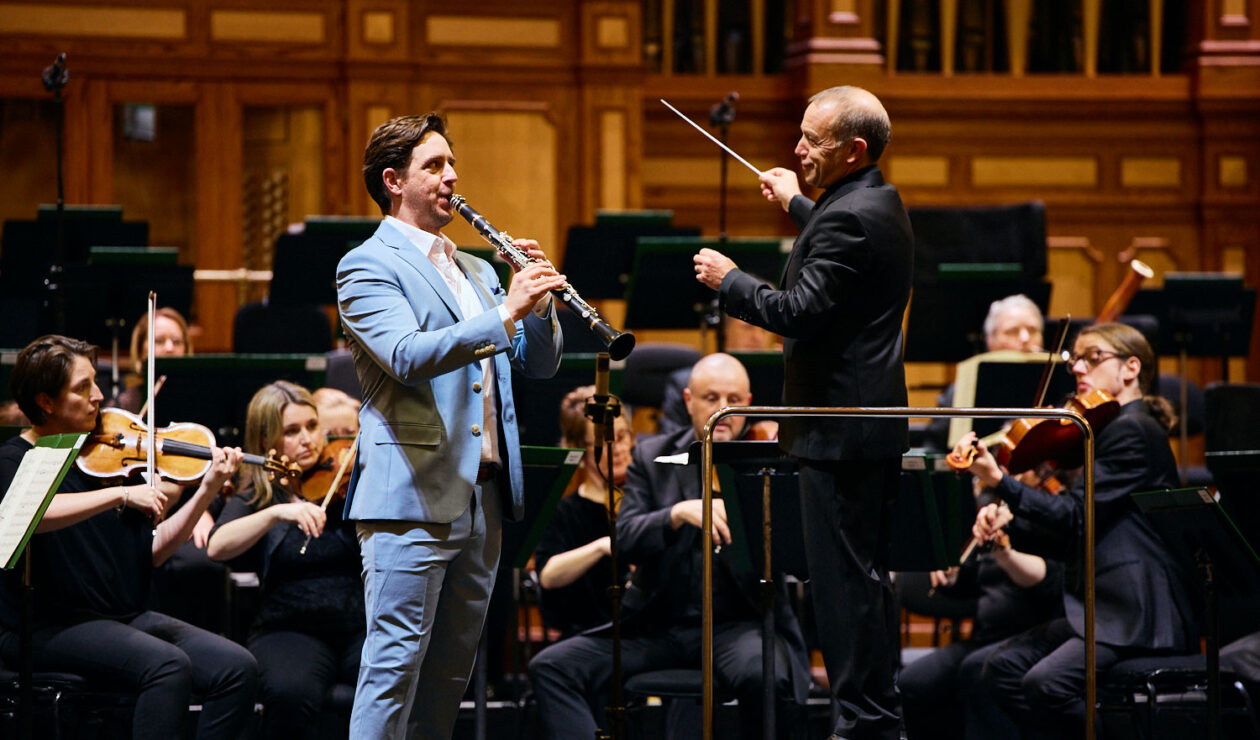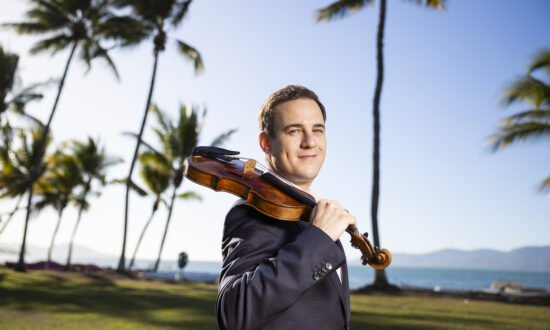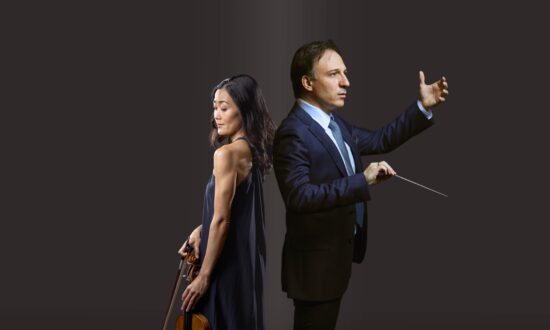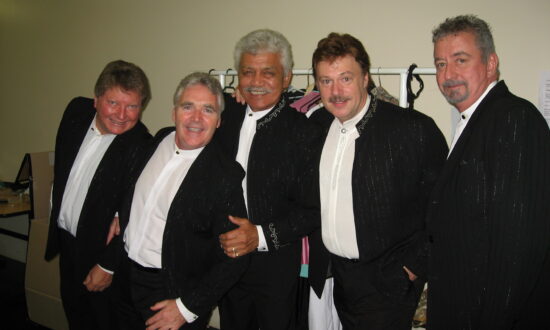This concert immediately called attention to itself. Here was the ASO’s incoming chief conductor, Mark Wigglesworth, some months ahead of taking up official duties. In the same concert was the orchestra’s principal clarinettist, Dean Newcomb, playing the loveliest concerto for that instrument, by Mozart.
It is around five years since Nicholas Carter made his final appearance as the ASO’s principal conductor. That was in July 2019, and the wait for a replacement has been uncomfortably long. Despite that, the orchestra now has things in place with the appointment of Wigglesworth. He is highly experienced both in opera and orchestral music.
However, the British conductor does not take up the position until the beginning of next year, and that led to the odd situation of him appearing in this concert as “chief conductor designate” – taking the reins, but not yet officially ensconced.
Wigglesworth is already a familiar figure on the podium, and there were no surprises. He directs with dependability and authority. Elgar’s Symphony No.2 in E flat, Op.63 was music at which he excels.
Wigglesworth’s partnership with the ASO extends far back. In 2018, he was made principal guest conductor, at a time when Carter was principal conductor. A mutual understanding grew with several fine performances, notably in a compelling account of Sibelius’s First Symphony in September last year. That performance really clinched his relationship with the orchestra.
In this Elgar symphony, Wigglesworth again came to the music’s core, deeply applied musical thinking and without contrivance or artifice. The first movement began matter-of-factly, its brusque splendour needing no preliminaries. This was a strong, robust performance. Detail was finely etched, and it felt invigorating.
Elgar can be as stiff as a parson’s collar, but Wigglesworth gave phrases breathing space and allowed the cellos time to open out when their eloquent theme arrived. The tempo felt unhurried but there was purpose and momentum. One felt Wigglesworth was judging Elgar’s language well. Everything felt in harness.
The second movement is where all the greatness occurred. Lyrically expansive and pulsing slowly like a death march, it seems to express the end of the world – or at least the Edwardian world. In a broad tempo and hushed tone, Wigglesworth and the ASO conveyed all its noble sentiment. They felt as one, and magic spread through the Town Hall.
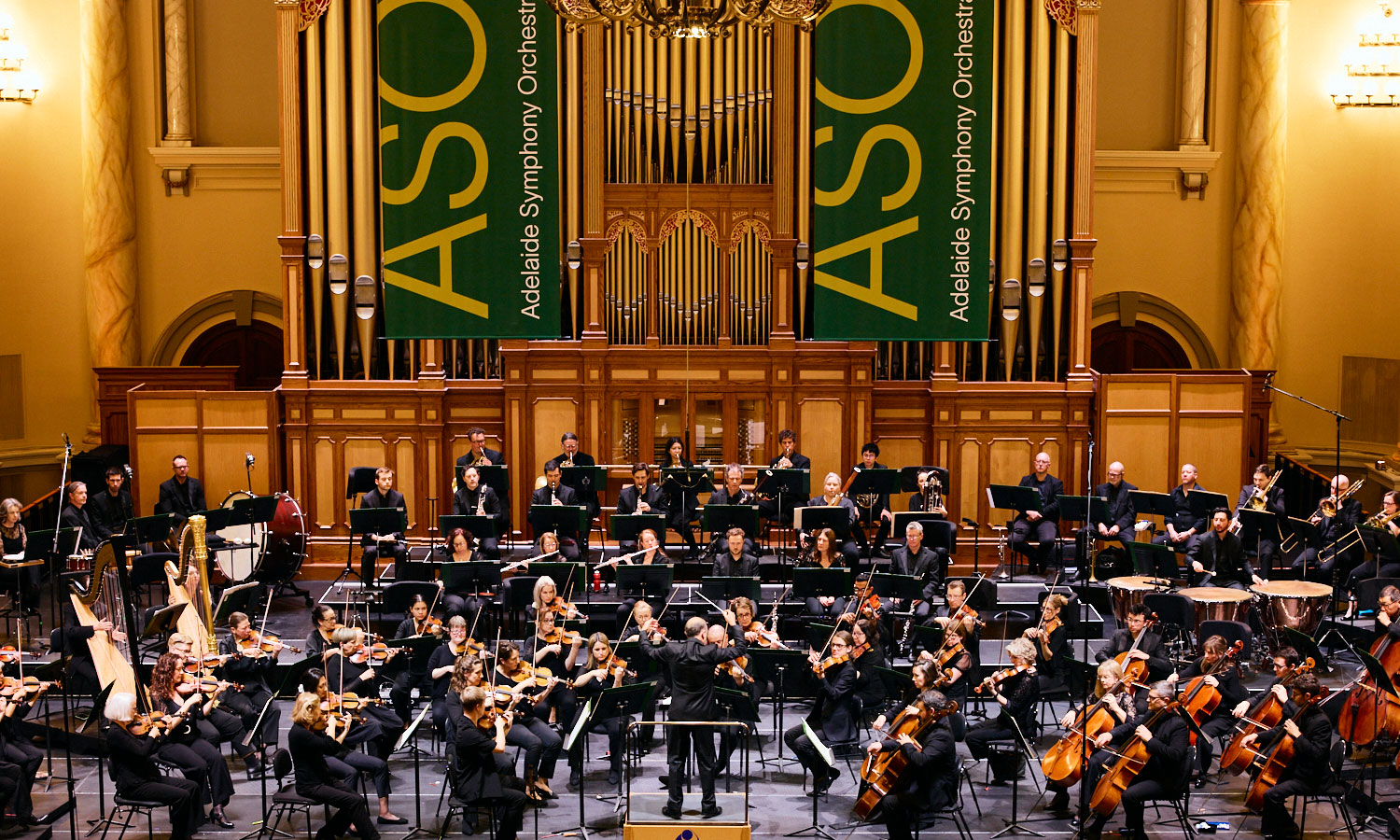
The ASO presents Reflection at the Town Hall. Photo: Claudio Raschella
Wigglesworth conducts in a finely detailed manner and brings out every nuance. One could admire the full complexity of Elgar’s magnificent score.
Others might conduct with a more singing line, but Wigglesworth conveys an immediate sense of the music’s dramatic and gestural content. He keeps things moving with abundant flow. Elgar’s scoring gets thick and knotty at times, but the last two movements surged along with coherence and urgency. It felt fully satisfying.
However, the real joy of this concert was to hear Dean Newcomb playing in Mozart’s Concerto for Clarinet in A, K.622, in the first half. What a heavenly performance this was. Audiences have come to know and appreciate Newcomb’s playing in orchestral solos, but here one had the chance to sample the completeness of this musician. As a concerto soloist, he plays wonderfully and immaculately.
With a spirited tempo in the opening allegro, he was all polished agility and conversational ease – just as Mozart calls for. This concerto really depends on getting things right in the orchestral exposition, before the soloist begins, and Wigglesworth captured all its quiet yet busy charm. They were off to a great start.
Everything about Newcomb’s playing was special. Part of Mozart’s Clarinet Concerto is about showing off the instrument’s wide range and colour – the clarinet, or more correctly the basset clarinet, was still an innovation in his time. Newcomb made a point of this, drawing out a full, rich resonance in the low notes and giving warmth to its vocal register higher up. His tone production is exemplary.
But it was the inspired feeling and thought of his playing that really impressed. Each new phrase seemed like a totally fresh idea, invented in the moment and expressed with finesse. More than anything, Newcomb radiated a total love of the music – not all soloists do that.
This concerto has the loveliest slow movement. At the reprise of the main theme, he took ample time and entered with the quietest pianissimo to its heighten its beauty.

Get InReview in your inbox – free each Saturday. Local arts and culture – covered.
Thanks for signing up to the InReview newsletter.
The final two movements were deliciously bubbly. Orchestra and soloist were precisely in tandem, restraint and intimacy were maintained, and dynamics never exaggerated. It was actually hard to imagine a more perfectly poised performance.
With playing of this order, it is time to put away one’s record collection and hear the music live. We can only look forward to more.
This is a review of ASO’s Reflection concert on September 21 at the Adelaide Town Hall. The orchestra’s next Symphony Series concert will be Reverie, on October 25 and 26.
Support local arts journalism
Your support will help us continue the important work of InReview in publishing free professional journalism that celebrates, interrogates and amplifies arts and culture in South Australia.
Donate Here
